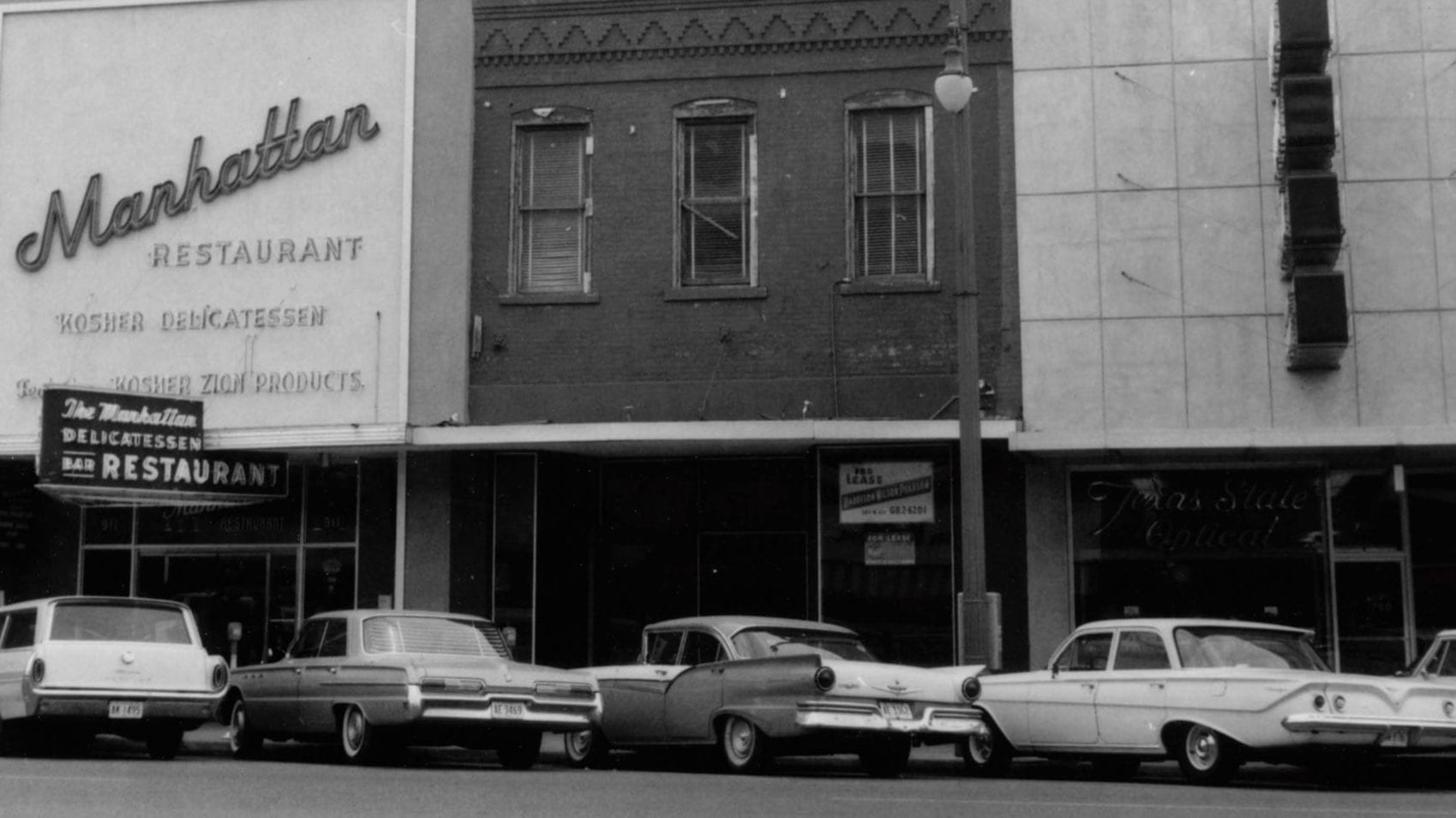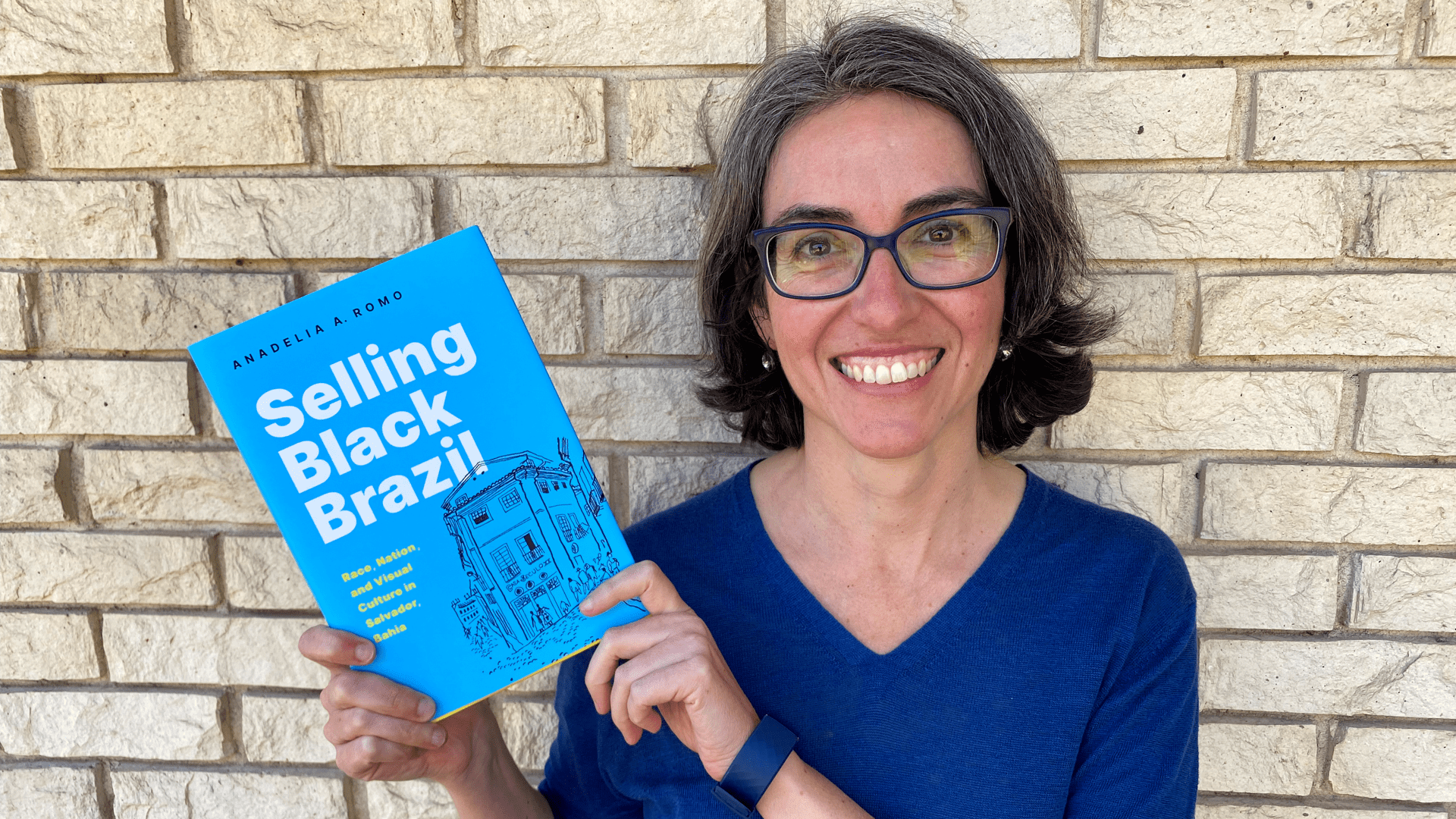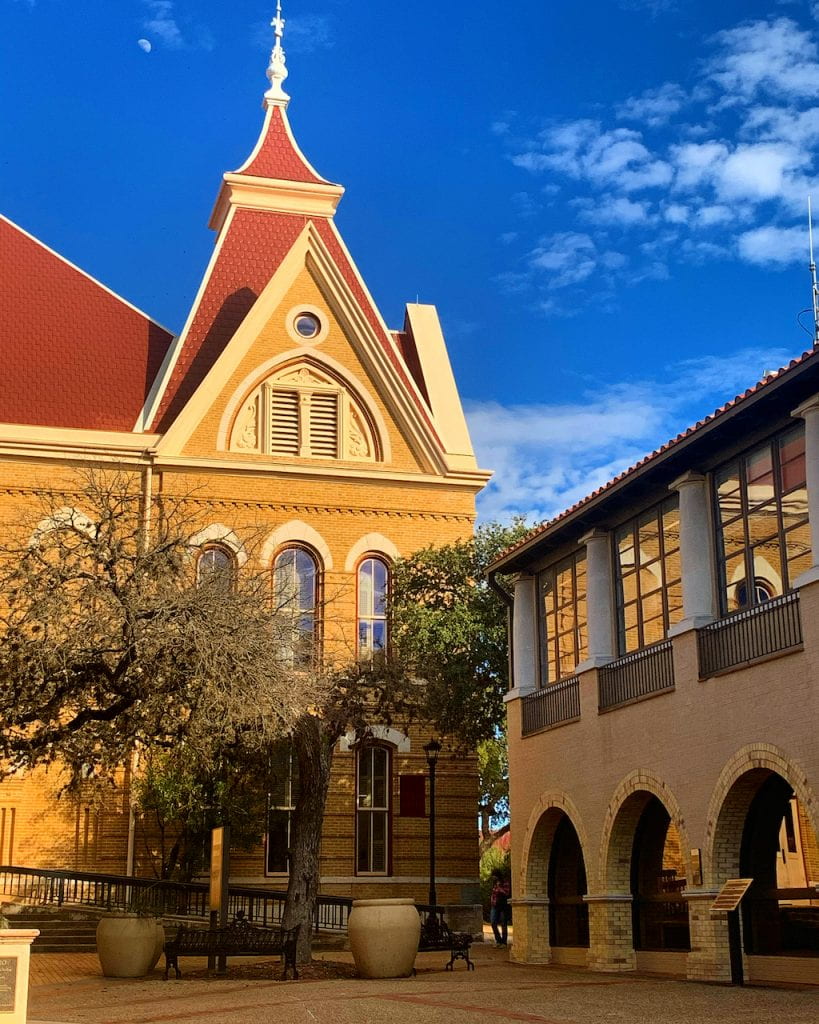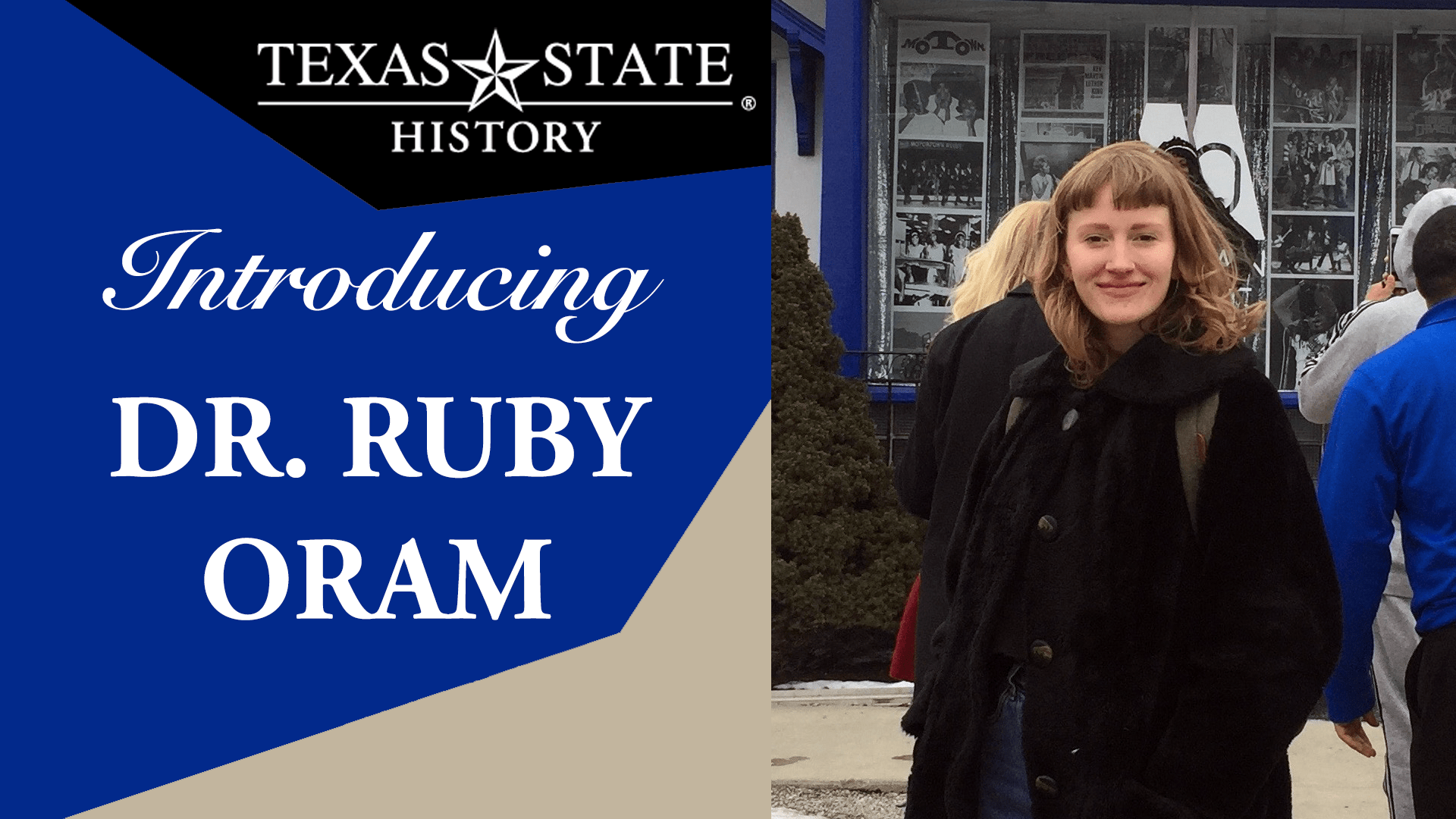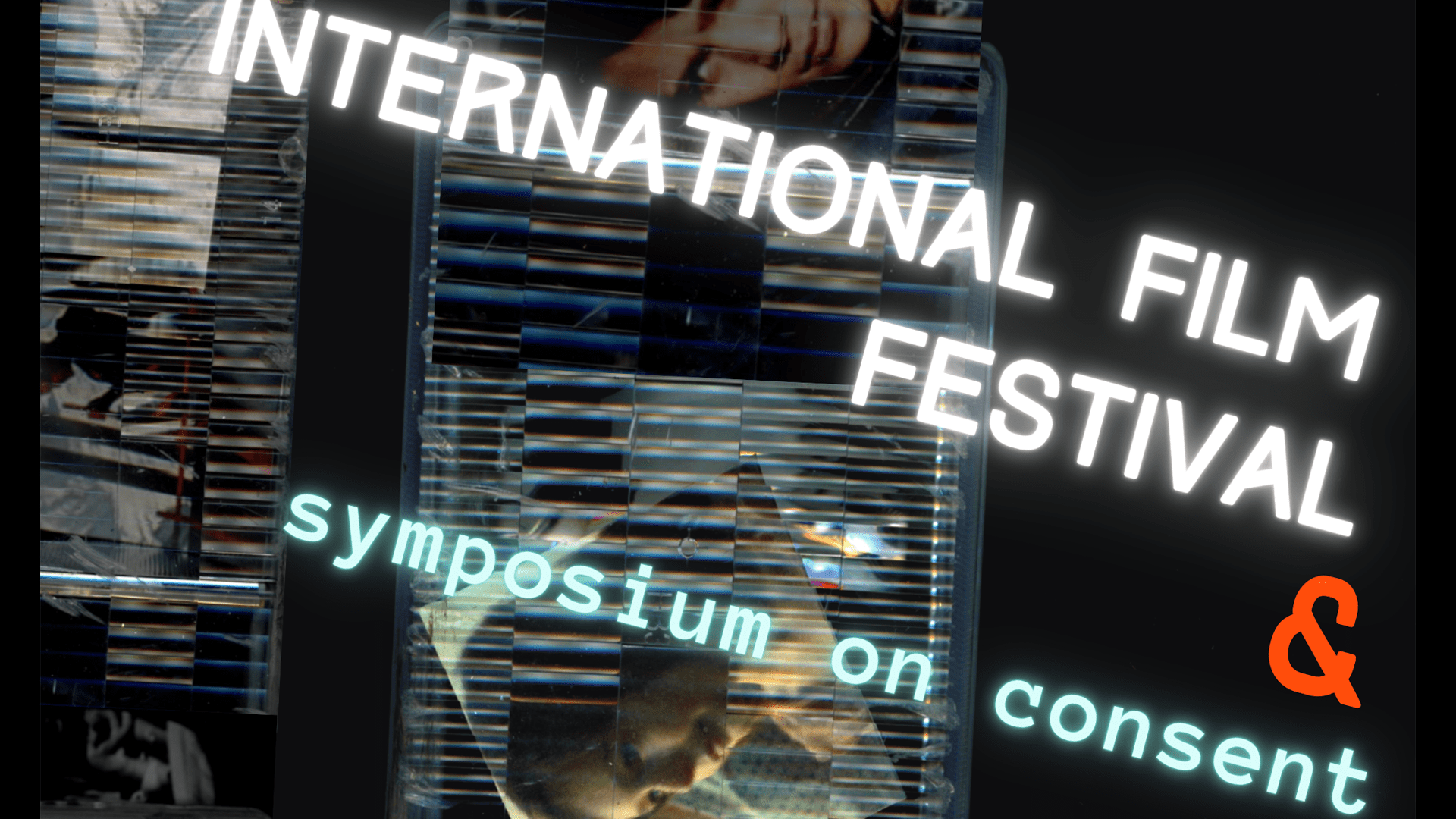
Screenings: 4-14 April 2022
Symposium: Friday, 15 April 2022 9-5 in Centennial Hall G02
Sponsors: University Lecturers Committee, Honors College, College of Liberal Arts, Departments of World Languages and Literatures, Anthropology, Geography, History, Philosophy, Political Science, Psychology, Sociology, Centers for Diversity and Gender Studies, International Studies, and the Center for the Study of the Southwest.
Albertine Cinémathèque is a program of FACE Foundation and Villa Albertine in partnership with the French Embassy in the United States and with the support of the CNC (Centre National du Cinéma et de l’Image Animée) and the Fonds Culturel Franco-Américain.
Week 1
“Age of Consent & Abuse” / 3 films / Monday April 4 / 6-8 pm
1) Online: Little Boy, by Roland Klick, 1968, German
When the parents of a suburban, middle-class family go to a party, they leave Achim and his baby sister under the supervision of Monika, the neighbor’s daughter. Soon after the parents are gone, Monika ditches babysitting to go out with her boyfriend, and Achim murders the baby by means of suffocation. Roland Klick’s debut feature is a film that uses cinema as a means to comment on German society. Much of the film is spent in the aftermath of the crime with the parents and neighbors trying to figure out who is responsible with both Monika and Achim denying any involvement or taking any responsibility for their actions.
Suggested and run by Dr. Lisa Haegele, Assistant Professor of German, with short intro/pre-symposium survey/after-film Q&A
2) On Campus (Centennial Hall G02): Slalom, by Charlène Favier, 2020, French
This Cannes-selected #MeToo drama from debut filmmaker Charlène Favier follows the relationship between a teenage ski prodigy and her predatory instructor, played by Dardenne brothers’ collaborator Jérémie Renier. In a breakthrough role, Noée Abita plays 15-year-old Lyz, a high school student in the French Alps who has been accepted to an elite ski club known for producing some of the country’s top professional athletes.
Run by Dr. Jennifer Forrest, Professor of French, with short intro/pre-symposium survey/after-film Q&A
3) In Community(Stellar Coffee co.): Little Girl, by Sébastien Lifshitz, 2020, French
Petite Fille is the portrait of 7-year-old Sasha, who has always known that she is a girl. Sasha’s family has recently accepted her gender identity, embracing their daughter for who she truly is while working to confront outdated norms and find affirmation in a small community of rural France.
Run by Dr. Carole Martin, Professor of French, with short intro/pre-symposium survey/after-film Q&A
“Tales of Consent &Dissent” / 3 films/Wednesday April 6/ 6-8 pm
1) Online:Hyenas, by Djibril Diop Mambéty, 1992, Senegalese
Senegalese director Djibril Diop Mambéty sets an intriguing tale that speaks to the African continent’s complex place in the global order: his protagonist comes back to her hometown with a proposal to give its citizens an extraordinary amount of money, if they accept to kill their future mayor, who, she reveals, impregnated and abandoned her when she was a teenager. The vexed citizens initially reject her offer, but as the town’s debt accumulates in the face of a flood of consumer goods, the abuser begins to fear for his life.
Run by Babacar Tall, with short intro/pre-symposium survey/after-film Q&A
2) On Campus (Centennial Hall G02): Nights of Cabiria, by Federico Fellini, 1957, Italian
Cabiria works as a prostitute, becoming entangled in a series of relationships that eschew “consent”, before falling in love and accepting to get married to Oscar, yet another embezzler who intends to kill her and steal her money. Like other neo-realistic films, Le Notti di Cabiria is aimed toward the development of a theme. Its interest is not so much the conflicts that occur in the life of the heroine as the deep, underlying implications that the pattern of her life shows.
Suggestedand run by Dr. Jessica Pliley, Associate Professor of the History of Women, Genders, and Sexualities, with short intro/pre-symposium survey/after-film Q&A
3) In Community (San Marcos Public Library): Sisters of the Gion, by Kenji Mizoguchi, 1936, Japanese Two geisha sisters lead a hard life in Kyoto’s Gion district. When one of them feels obliged to help a ruined businessman, the other sister cooks up various schemes to get rid of him. Whereas one sister embodies a very traditional discretion in expressing her emotions, the other flouts codes and morals.
Suggested and run by Dr. Maria-Luisa Gomez Ramirez, Senior Lecturer of French, with short intro/pre-symposium survey/after-film Q&A
Thursday Nuit Blanche / April 7
From “Tales of Consent & Dissent” to “Consent in Post-Modern/Post-Colonial Societies”
7 films (3 double features + 1 community screening)
1) Online Double Feature 1 (French):
a) Beauty and the Beast, by Jean Cocteau, 1946
A defining influence on filmmakers as different as Ingmar Bergman and François Truffaut, this adaptation of the classic fairy tale by iconoclastic novelist, playwright, artist, and filmmaker Jean Cocteau is a deeply ambiguous work about the foundational role of consent.
b) Portrait of a Lady on Fire, by Céline Sciamma, 2019
In the late eighteenth-century, Marianne, a female painter, travels to an island off the coast of Brittany to paint a portrait of Héloïse, a young woman whose mother has recently taken her out of a convent to marry her to an Italian nobleman whom she has never met. But Héloïse refuses to sit for a portrait she knows will be offered to her prospective husband.
Run by Scarlett Cado, with surveys but no discussion/6-10 pm
2) Online Double Feature 2 (German and South-Korean):
a) The Edukators, by Hans Weingartner, 2004
Young, anti-capitalist Berlin activists involved in a love triangle, invade upper-class houses, rearrange the furniture, and leave notes identifying themselves. Weingartner, a former activist, wrote the film based on his experiences and chose to use nonviolent characters. His work has now become a cult production of the “German New Wave”, and it has inspired real-life actions.
b) Parasite, by Bong Joon-ho, 2019
The film portrays the history of a family of two parents and two teenagers that lives in extreme poverty. They are trying to find a way to better their lives, while ending up lying and deceiving rich people. The issue it raises is: how far can human beings take their scams to become better versions of themselves, and how come they lived in such poverty?
Run by Dr. Malgorzata Citko-DuPlantis, Lecturer of Japanese, with surveys but no discussion/6-10 pm
3) On Campus Double Feature in Centennial Hall G02 (American and Mauritanian):
a) The Story of a Three-Day Pass, by Melvin Van Peebles, 1967
Channeling the exuberance of the French New Wave, Van Peebles creates an exploration of the psychology of an interracial relationship as well as a commentary on France’s contradictory attitudes about race that laid the foundation for the blaxploitation cinematic revolution he would unleash just a few years later with Sweet Sweetback’s Baadasssss Song.
b) Soleil Ô, by Med Hondo, 1970 The late Mauritanian-French writer-director-producer Med Hondo was a trailblazer in making independent films that featured the lives of African immigrants in Europe and denounced all forms of oppression. His first feature Soleil Ô, self-financed and shot over three years in the aftermath of May 68, follows the fortunes of an African immigrant in Paris whose initial excitement about the capital of “Liberté, Egalité, Fraternité” turns into a withering verdict on the effects of colonial history. Run by Carole Martin, with surveys but no discussion/6-10 pm
4) In Community(Stellar Coffee co.): Caramel, by Nadine Labaki, 2007, Lebanese
Labaki, a Lebanese writer, director, and actress depicts the life of five Lebanese women who work in a beauty salon in Beirut, Lebanon. They struggle between their desire to live free and their obligation to tradition, religion, and family rules. The contradictions and the issues they have to deal with in their life are woven in an intriguing manner that illustrates both compliance and resistance to societal norms.
Suggested and run by Noha Mohama-Akkari, Instructor of Arabic, with short intro/pre-symposium survey/after-film Q&A/6-8 pm
Week 2
“Consent & Family Affairs” / 3 films / Monday April 11 / 6-8 pm
1) Online: 35 Shots of Rum, by Claire Denis, 2009, French
35 Rhums portrays a family of two’s extreme closeness (between a widowed father, Lionel, and his university-student daughter, Joséphine) while suggesting its potential for suffocation.
Run by Dr. Moira DiMauro-Jackson, Senior Lecturer of French and Instructor of Italian, with short intro/pre-symposium survey/after-film Q&A
2) On Campus (Centennial Hall G02): Pepi, Luci, Bom and Other Girls Like Mom, by Pedro Almodóvar, 1980, Spanish
Pepi is raped by the policeman who catches her growing marijuana in her apartment. She seeks revenge by getting his masochist wife to leave him.
Suggested and run by Dr. Louie Valencia, Assistant Professor of History, with short intro/pre-symposium survey/after-film Q&A
3) In Community(Stellar Coffee co.): By the Grace of God, by François Ozon, 2019, French
This dramatization of the events that exposed the most significant sex abuse scandal to date in the French Catholic church focuses on what happens to victims once they speak their truth. It is an important contribution to awareness of the global problem of sexual abuse in the Church and the general conversation in the era of #MeToo.
Run by Dr. Miranda Sachs, Assistant Professor of History, with short intro/pre-symposium survey/after-film Q&A
“Consent in Post-Modern/Post-Colonial Societies” / 3 films / Wednesday April 13 / 6-8 pm
1) Online: Pan’s Labyrinth, by Guillermo del Toro, 2006, Mexican
This is a film that deals with the Spanish Civil War, Francoist period, and the struggle against an overpowering state, in which identity and self-determination are challenged. Yet El laberinto del fauno’s imaginary world presents a radical and rewarding model to examine consent under totalitarian regimes.
Run by Carole Martin, with short intro/pre-symposium survey/short after-film Q&A
2) On Campus (Centennial Hall G02): The Society of the Spectacle, by Guy Debord, 1974, French
Six years after the publication of his Situationist classic La Société du Spectacle, Guy Debord released this essay-film adaptation, using the technique of “détournement” (think pre-digital remixing). He overlays a dizzying array of still and film images with text from the book to provide a sharp commentary on a world dominated by image and power.
Run by Dr. Ron Haas, Honors College Director of Research and Writing, with short intro/pre-symposium survey/ after-film Q&A
3) In Community(San Marcos Public Library): Night of the Kings, by Philippe Lacôte, 2020, Ivorian
A young man is sent to “La Maca,” a prison in the middle of the Ivorian forest ruled by its inmates. As tradition goes, with the rising of the red moon, he is designated by the Boss to be the new “Roman”—or “Scheherazade”—and must tell a story for his life to be spared. He begins to narrate the life of the legendary outlaw named “Zama King” to the other prisoners.
Run by Kenny Anagbogu, with short intro/pre-symposium survey/short after-film Q&A
Thursday Nuit Blanche / April 14 / 6-8 pm
2 pre-symposium screenings
Online Double Feature:
a) Becky’s Journey, by Sine Plambech, 2015
Becky’s Journey provides rare insight into the hopes and fears of high-risk migration and human trafficking from a woman’s perspective. It documents Becky’s attempts to travel across the Mediterranean and tells the story of the many migrants that never reach Europe’s shores.
b) The Rape of Recy Taylor, by Nancy Buirski, 2017
Mrs. Recy Taylor was gang raped by six white boys in 1944 Alabama. Unbroken, she spoke up and fought for justice with help from Rosa Parks and legions of women.
Run by Maria-Luisa Gomez Ramirez, with surveys but no discussion
Friday Symposium / April 15 / Centennial Hall G02
AM/9:30-10:50—Opening guest lectures with short intro and Q&A moderated by Dr. Jessica Pliley
Dr. Sine Plambech, Danish Institute for International Studies, on filming Becky’s Journey
Ms. Piper Nelson, The SAFE Alliance, Austin, Texas, “Stopping the Cycle of Violence in Central Texas”
11 AM-1:50 PM–Students meet in survey-generated discussion groups (4 running concurrently from 11-12:20 and 4 from 12-30-1:50) with 8 moderators (Kenny Anagbogu, Moira DiMauro-Jackson, Maria-Luisa Gomez Ramirez, Lisa Haegele, Mona Mansard, Carole Martin, Noha Mohama-Akkari, and Babacar Tall)
PM/2-3:20—Afternoon guest lectures with short intro and Q&A moderated by Dr. Louie Valencia
Dr. Ourida Mostefai, Brown University, on consent in Beauty and the Beast
Dr. Danielle McGuire, “Recy Taylor and the Roots of the Civil Rights Movement”
PM/3:30-5–Roundtable with guests, moderated by Dr. Carole Martin, and Q&A with organizers, Drs. DiMauro-Jackson, Forrest, Gomez Ramirez, Haas, Haegele, Sachs, and Ms. Mohama-Akkari, Texas State students, and public.


